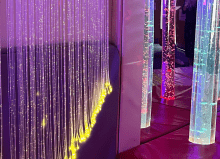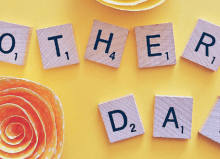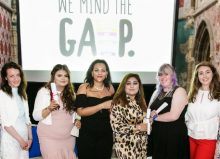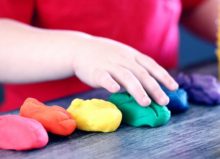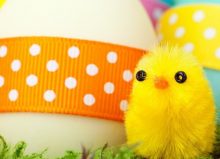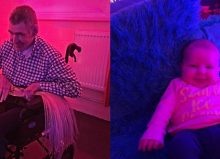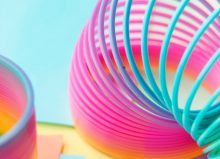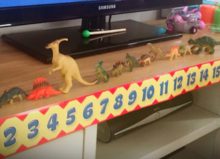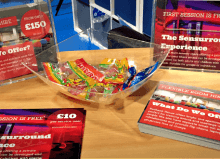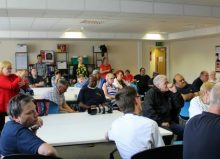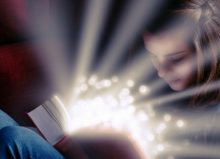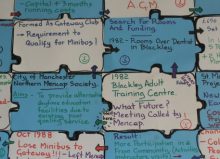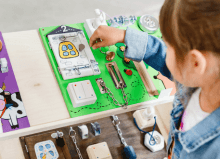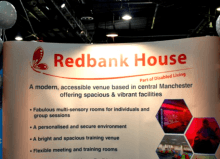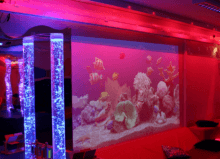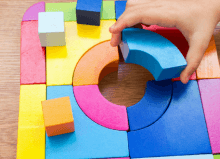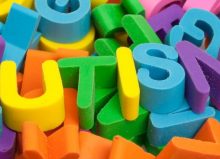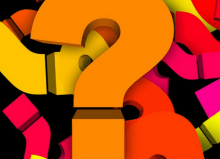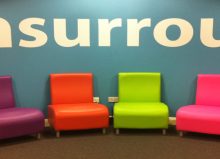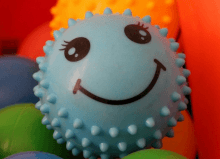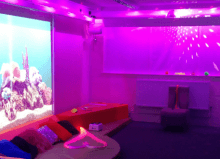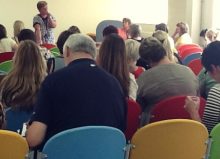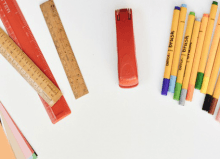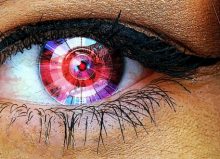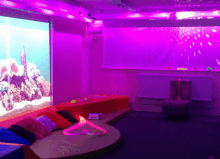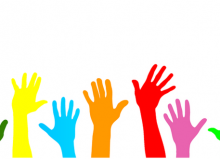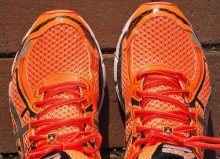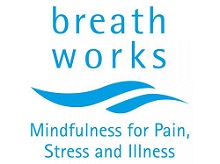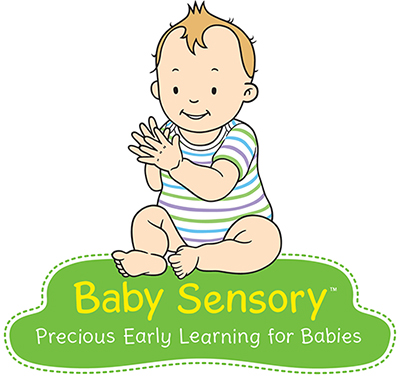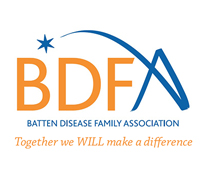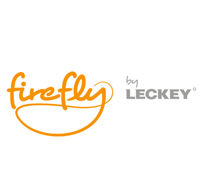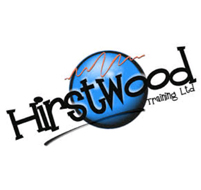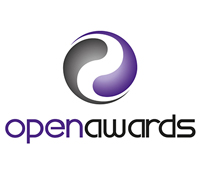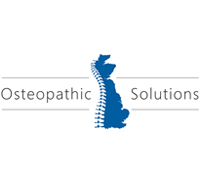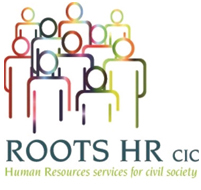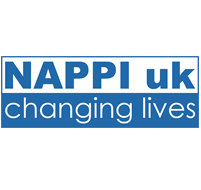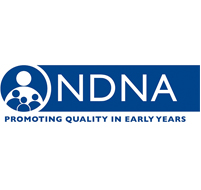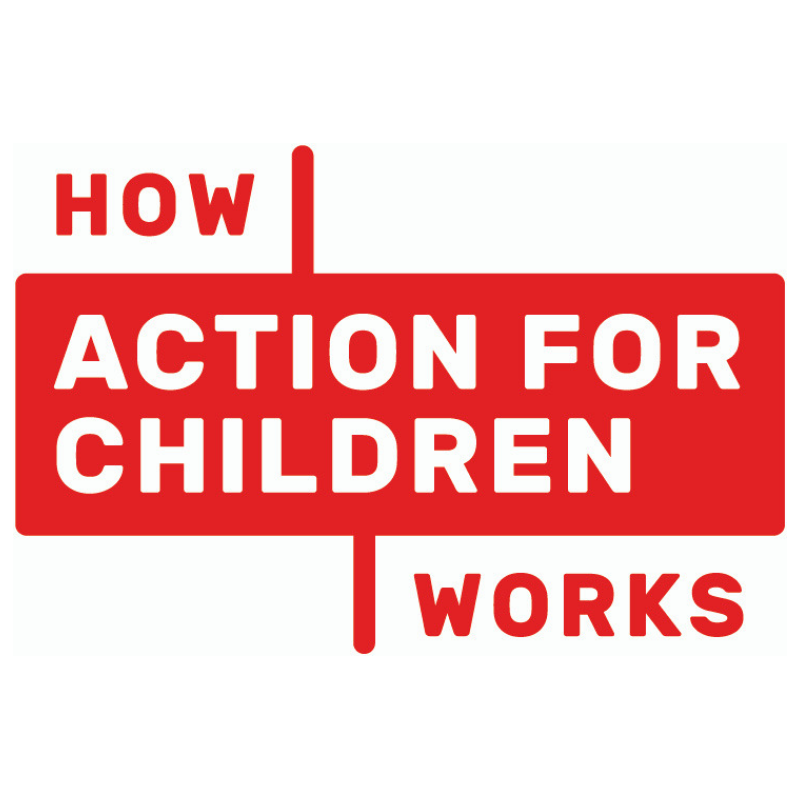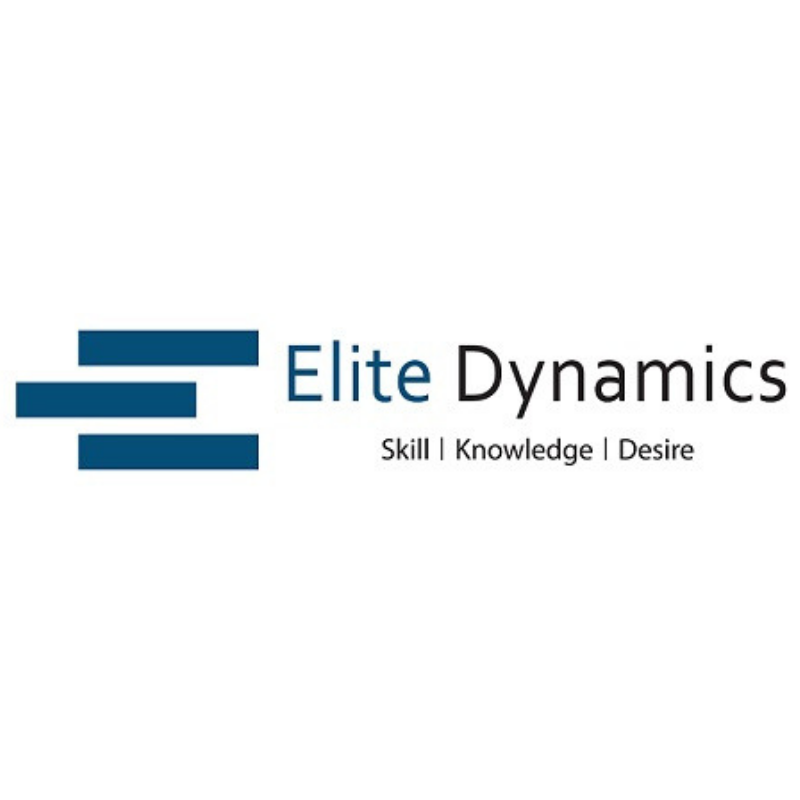Which Type of Learner Are You?
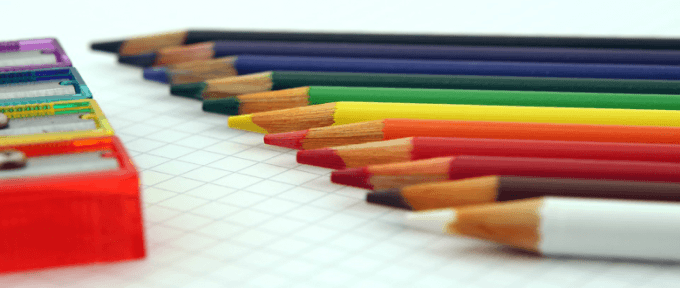
Have you ever considered what type of learner you are? We are all different learners. When we reflect on our childhood, we can think about the number of things we learnt such as drawing shapes, writing the alphabet, and becoming familiar with different colours. As we mature into adults these things can still be difficult for some people to process.
As individuals we are all unique and have our preferred ways of adapting to our own learning methods. Some may be similar to others and some may be things that only you do. For example, when it comes to being taught something new in education or in the workplace, do you prefer to learn verbally, visually or perhaps a mixture of the two?
If you were revising for an exam, would you highlight key words in practice paper questions; would you brainstorm ideas of how to structure your answer, or would you struggle to start to put pen to paper with not knowing what to write?

The world is diverse and we like to think that we can learn something new each day. Here at Redbank House we want our service users to be able to develop their skills. We aim to do this by giving them the best experience possible with our multi-sensory rooms.
We want to give them a vibrant atmosphere where they can develop their senses, in particularly sight, hearing, and touch. Some of our service users prefer to use their eyes, while others prefer to use their ears to listen or hands to feel something.
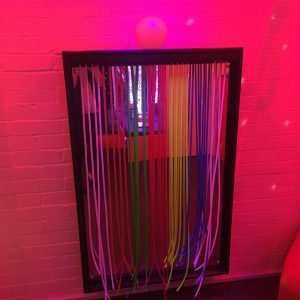
We understand that those who have a learning disability will have different learning adaptations to someone who doesn’t have any kind of disability.
For example, if you have dyslexia or dyspraxia, it is more likely that you’ll have a tendency to remember things differently and have a different attention span. Especially with dyspraxia, the brain requires more development for movement and coordination.
The texture, colour, and pattern of paper can affect how a person with a learning disability reads. For example, using a coloured lined notepad of their choice so that they can focus their eyes more clearly. Some may even use a ruler to track where they are up to reading or writing.
Below are some points to discuss the different learning methods and habits that relate to the three different types of learners.
Visual
You like to remember what you see rather than hear. Reading, writing, and exploring colours are enjoyable to you. You tend to create mind maps to plan or research something. Diagrams, charts, and pictures help you to put everything into perspective in order to gain a greater understanding. The majority of visual learners prefer to have a love for art more than music.
I consider myself to be a visual learner. I loved art in high school, and I’ve always enjoyed listening to music. Listening to music has always helped me to focus and boost my mood.
University gave me a greater understanding of my learning style as I was able to have more control on how to learn in my independent study time.
Auditory
Do you like to hear things being explained to you and follow verbal instructions? If you do and you enjoy debating topics, learning from sounds, and hearing yourself read notes back to yourself, or being tape recorded to enable the words to stay in your mind then it’s likely that you are an auditory learner.
My language teacher in high school and college always advised us to record ourselves speaking to help us revise for listening and oral exams. I didn’t like listening to my own voice. But now when I think about it, it probably would’ve been a great technique. I was the type of person who would re-write sentences, highlight key words, and draw pictures that would tell a story. – Natasha
Physical/Kinaesthetic
Physical/kinaesthetic learners, have a habit of moving around. They use their sense of touch a lot and have a higher level of motor coordination skills than visual or auditory learners.
Kinaesthetic learners can become overwhelmed but when they are given breathing techniques it helps to reduce the overwhelmed feeling. Just to name a few examples, kinaesthetic learners have been known to enjoy dance, plays, and scientific experiments. They very much enjoy hands-on activities as it helps them to keep moving and be active.
Remember that everyone is different. We all learn in different ways and at different speeds. We all have our learning qualities. Even if you’re not the best at something, that doesn’t mean that you can’t enjoy it.
Tell us what type of learner you are in the comments box further below or via Twitter @redbankhouse.

